An Experience Strategy distinguishes and enhances your Customer/User touch-points. A winning strategy fits both your customers’ needs and your business objectives: making it easy and pleasurable to access your products / services and achieve their desired outcomes. The right Experience Strategy makes doing business with your exceptional in meaningful ways, distinct from what’s available from a competitor.
My work includes:
- Global marketing eComm sites
- Applications - desktop/web/mobile Creative direction & lead
- Innovation & inspiration
- Interaction & information design
- Data driven design / ROI on design
- Design best practices
- Methods & processes project tracking
- Team building & coaching vendor & budget
- Management globalization & translation
WebEx Online Experience Design Team
Finalist in the 2015 UX Magazine Design for Experience Awards
UXMatters February 2016
Five Best Practices for Becoming a Data-Driven Design Organization, Part 1
Five Best Practices for Becoming a Data-Driven Design Organization, Part 2
Five Best Practices for Becoming a Data-Driven Design Organization, Part 3
Executive Summary
Five Best Practices to Create a High Performing In-House Experience Design Team
Summary of article and key points:
When I assumed management responsibility for the WebEx User Experience team, I implemented best practices that helped transform the existing Creative Services group into a Customer Experience Design (CXD) team. An integral part of this effort was getting product managers (and management in general) to incorporate customer-centric thinking into web site design and e-commerce flows. In turn, these changes created the foundation for a remarkably successful web re-launch project of tremendous scope and an absurdly tight deadline.
The five best practices I cover in the article are:
- Customer journey research and mapping
- Design and testing based on the customer journey map (moderated testing)
- Competitive benchmarking of current and trending best practices
- Online non-moderated research
- The use of Creative Briefs keep CXD and product marketing aligned
The article illuminates how customer-centric best practices collectively served to:
- Increase the organization’s customer centric focus, customer centric language, and customer research driven decisions. Influence delivery performance and professional growth in the customer experience design team members.
- Leverages data from customer research which leads the business to identify and prioritize specific areas of improvement in the customer experience
Each of the research methodologies and subsequent design outcomes has value individually. But the collection of activities, the gestalt, has had the greatest impact holistically. We’ve enabled design driven collaboration based on customer research and the findings.
Interest to the UX community:
Most companies cannot afford a dedicated in-house design team of CXD professionals. Instead, they outsource web design to agencies, even if they have capable in-house designers. This solution is expensive long-term, especially for ongoing changes (which are necessary to keep current with customer expectations). In addition, outsourcing doesn’t guarantee alignment of product marketing and the web team on customer experience. By following these best practices, any organization can train in-house design teams on how to develop data-driven design practices, use benchmarking, and achieve more successful collaboration with business owners.


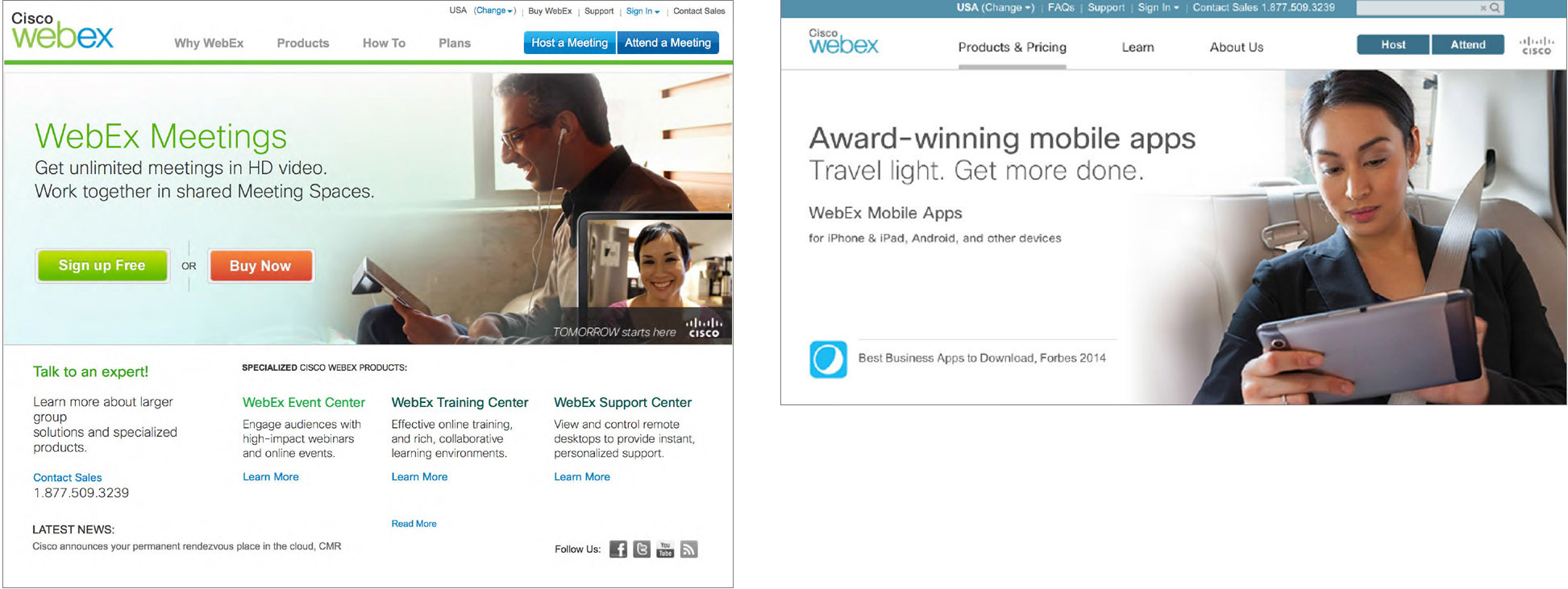
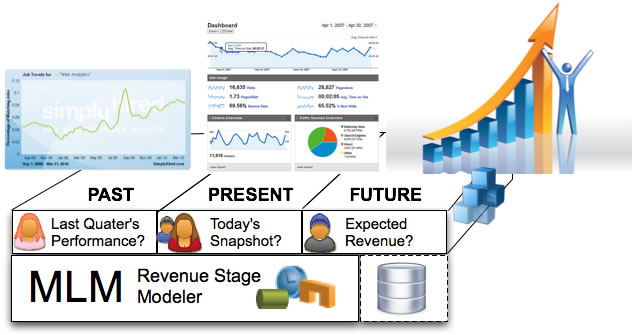
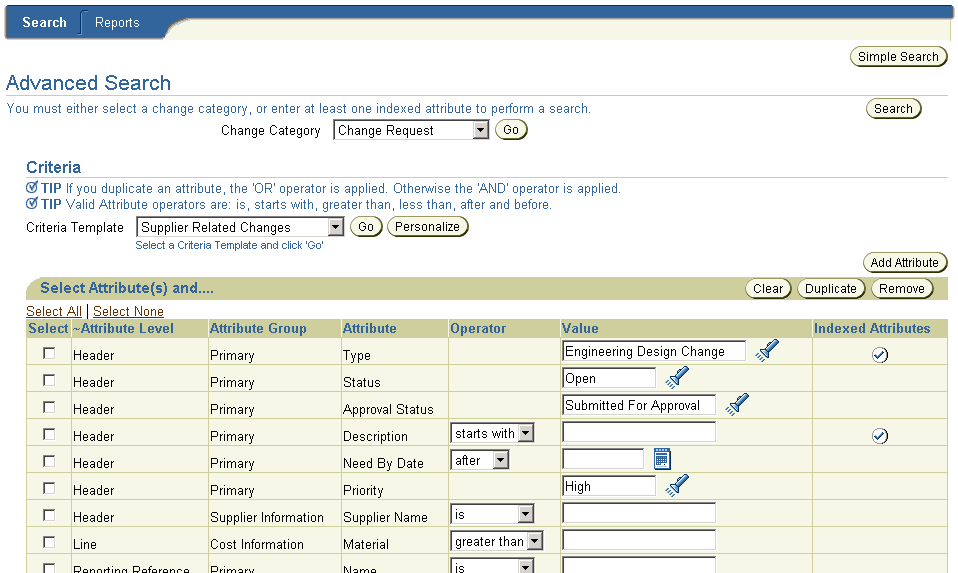
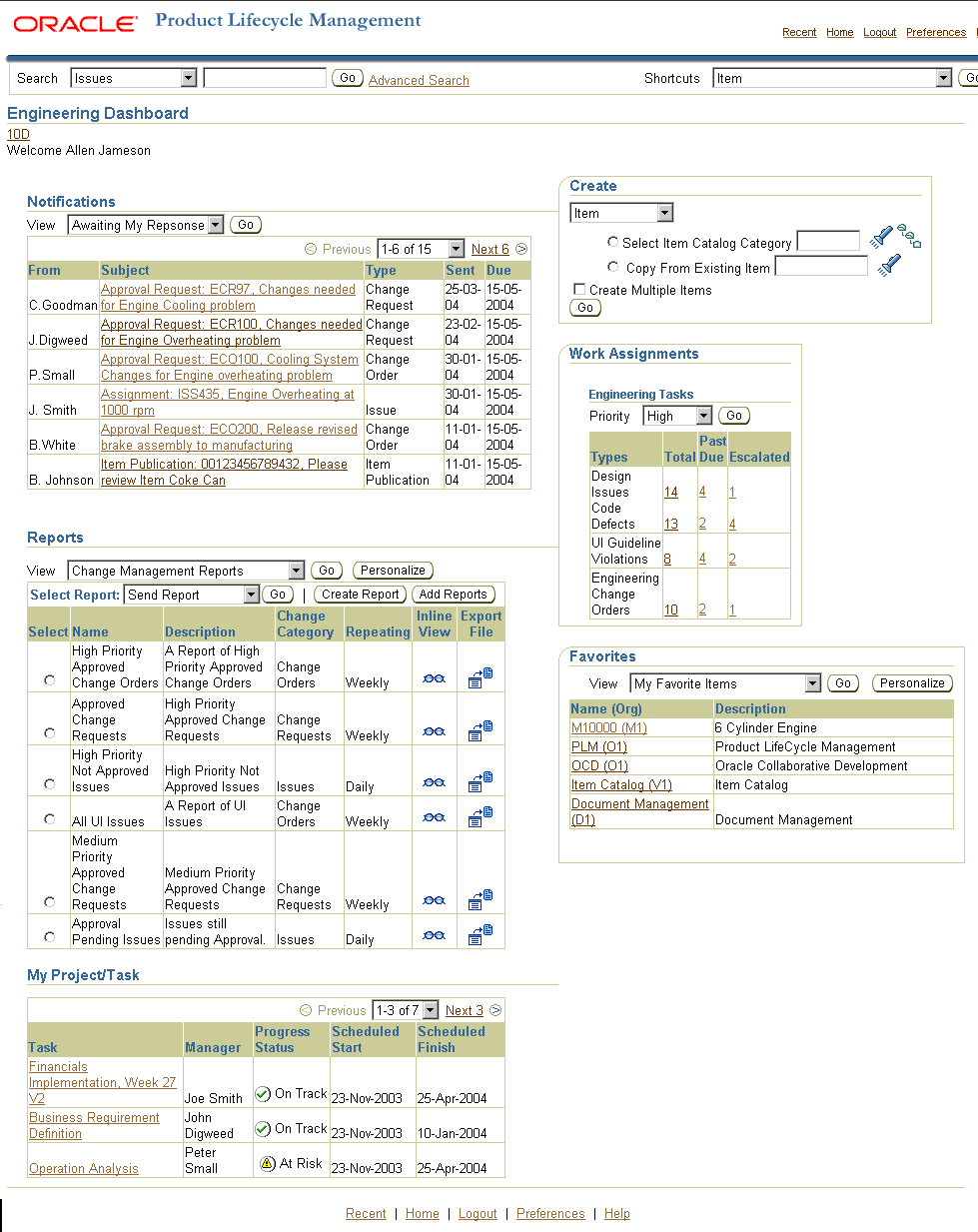
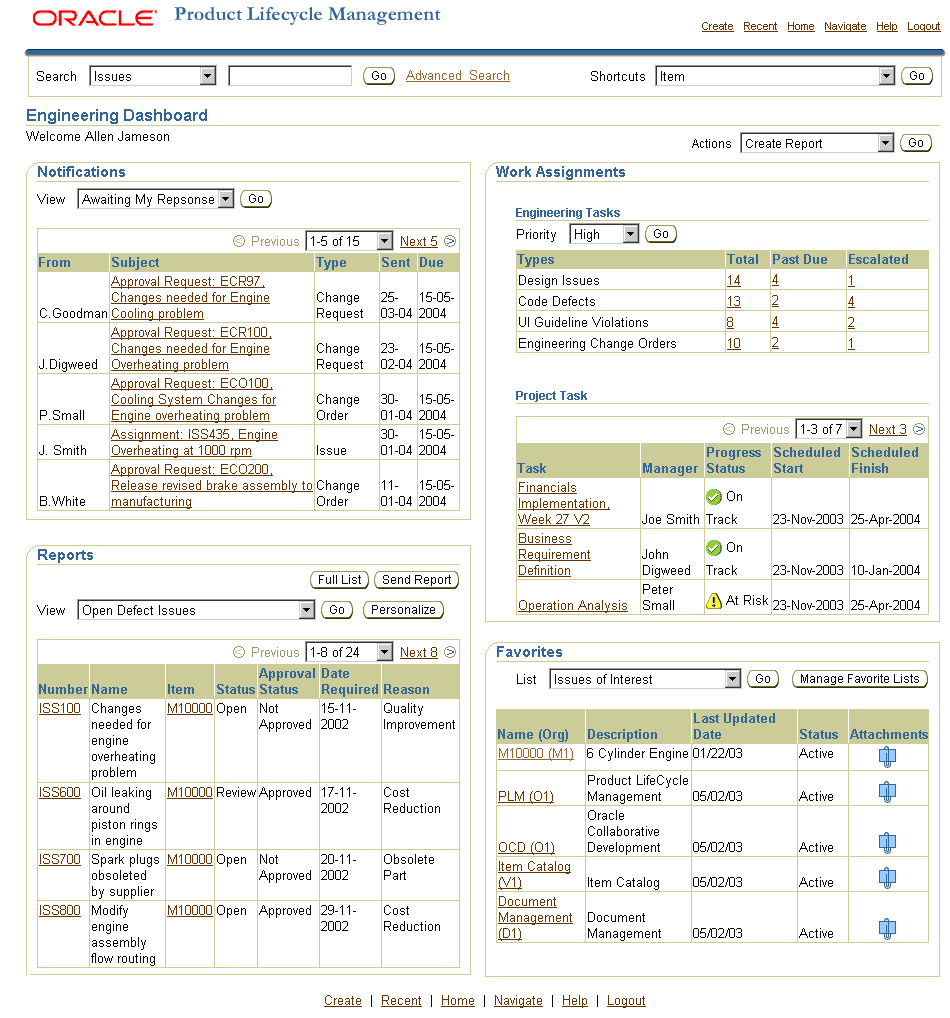

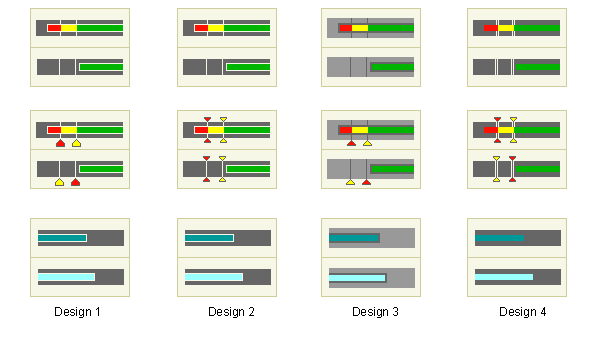
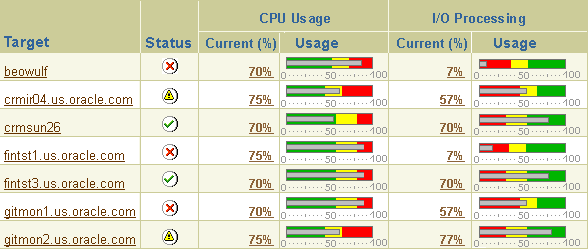
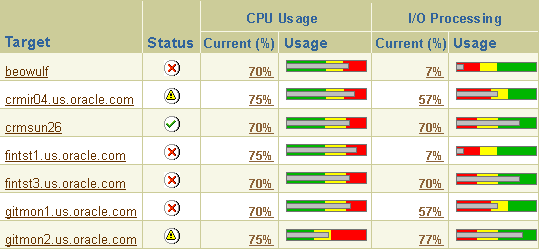
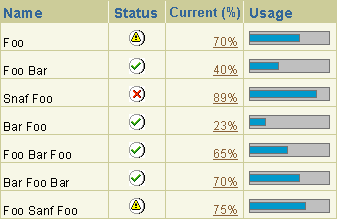

 My focus for 18 years has been Experience Design, and more recently Experience Design Strategy Management. I’ve been fortunate to work in Fortune 500 -100 companies as well as mid-market and start-ups.
I love the challenges of CDX, and have presented at several international conferences (including AVI – Italy 2001 - 98, CHI 2001, Studio 2001, and Interact 1999) and published in international trade magazine, Interfaces, Autumn 2000. Recently I served on a panel at Cisco’s Experience Design Day examining design best practices and innovation for e-Commerce.
My focus for 18 years has been Experience Design, and more recently Experience Design Strategy Management. I’ve been fortunate to work in Fortune 500 -100 companies as well as mid-market and start-ups.
I love the challenges of CDX, and have presented at several international conferences (including AVI – Italy 2001 - 98, CHI 2001, Studio 2001, and Interact 1999) and published in international trade magazine, Interfaces, Autumn 2000. Recently I served on a panel at Cisco’s Experience Design Day examining design best practices and innovation for e-Commerce.